Best podcast headphones 2025: An essential tool for your podcast rig
Our pick of closed-back, wired headphones will help you up your podcasting game in no time
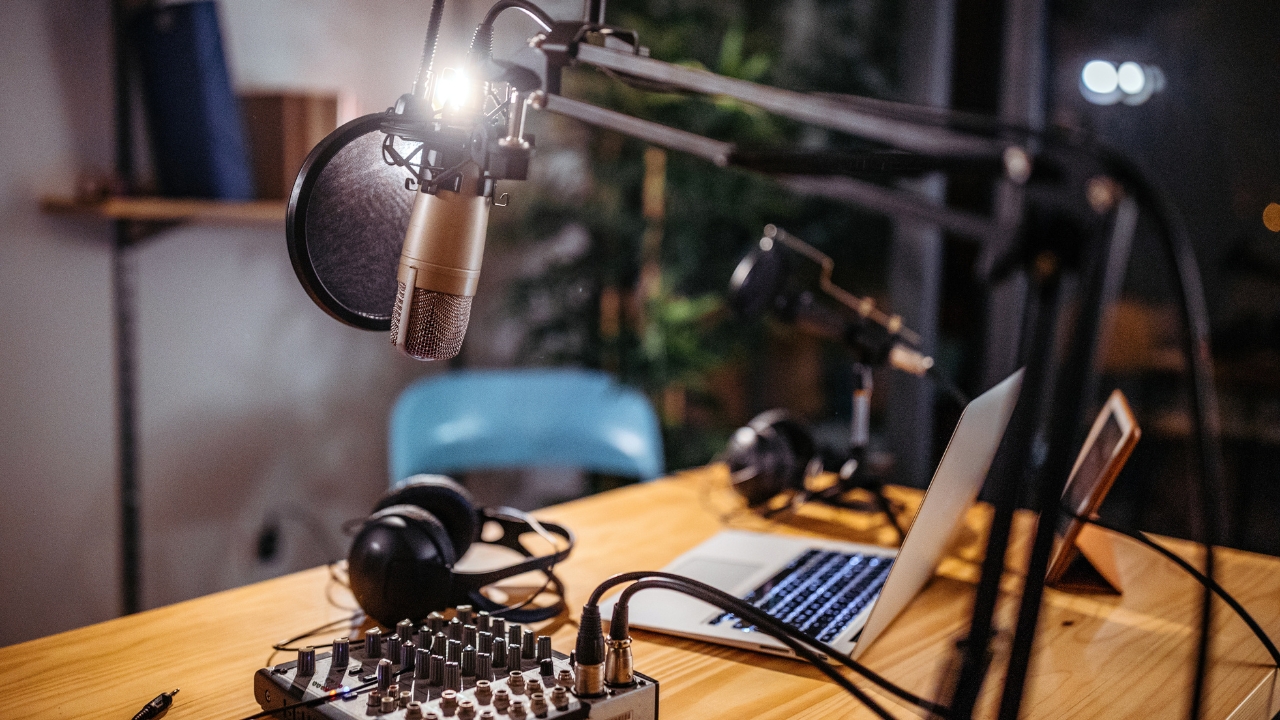
Selecting the right headphones for podcasting can change your entire production experience. Sounds bold, but it’s true. As your main (and often only) way of hearing what’s being recorded, it makes sense that you’d want to hear things in the best possible detail, while keeping a degree of comfort for longer sessions.
In this article, we'll explore the best podcast headphones available in 2024, highlighting their key features and explaining why they might be the perfect fit for your needs. We'll also discuss the benefits of using dedicated podcast headphones over regular consumer models and what to look for when making your selection.
By the end of this guide, you should have a better idea what makes podcast headphones great and how to choose the pair that will serve your podcasting journey best.
Our top picks

Put simply, if you've never tried a pair of Beyerdynamic DT770 Pros, we'd implore you to do so. They're comfort personified and deliver the outstanding performance and reliability we've come to expect from one of the most trusted names in broadcast audio.
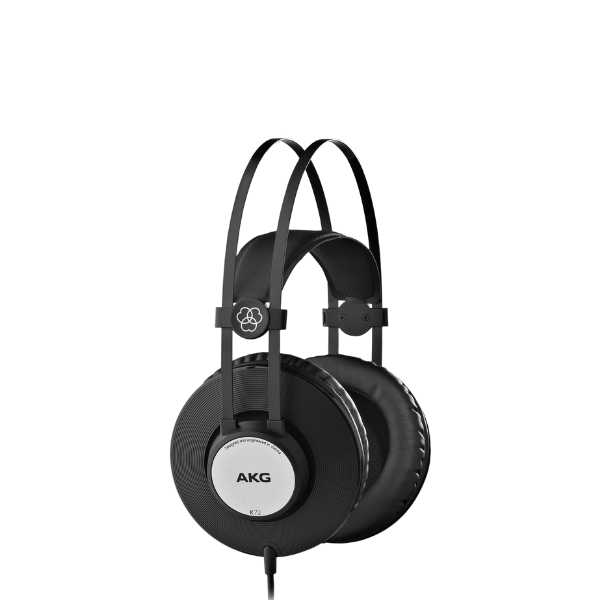
If value for money is your number one concern when buying a pair of podcast headphones, we'd go for the ever-reliable AKG K72s. The sound isn't exactly breathtaking, but they're super comfortable and do a great job of isolating you from external sounds.
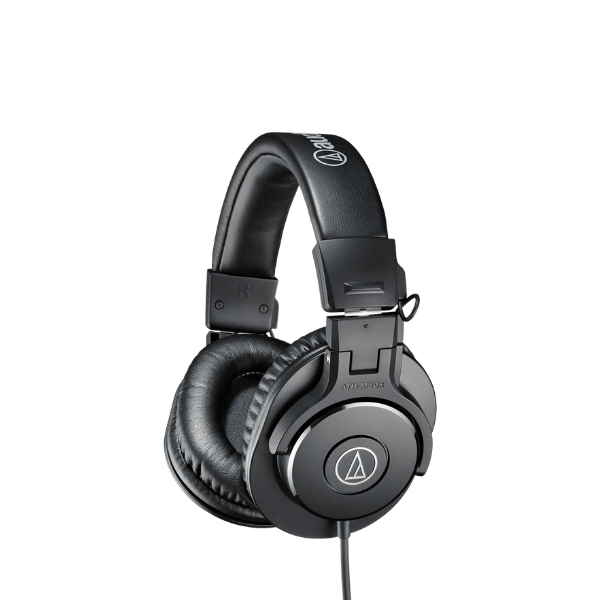
If you're just getting started with your podcast, the Audio-Technica ATH-M30xs offer the perfect blend of great sound at a price that's value for money. The isolation is excellent, and we've found them ultra comfortable even for the longest of sessions.
Best overall
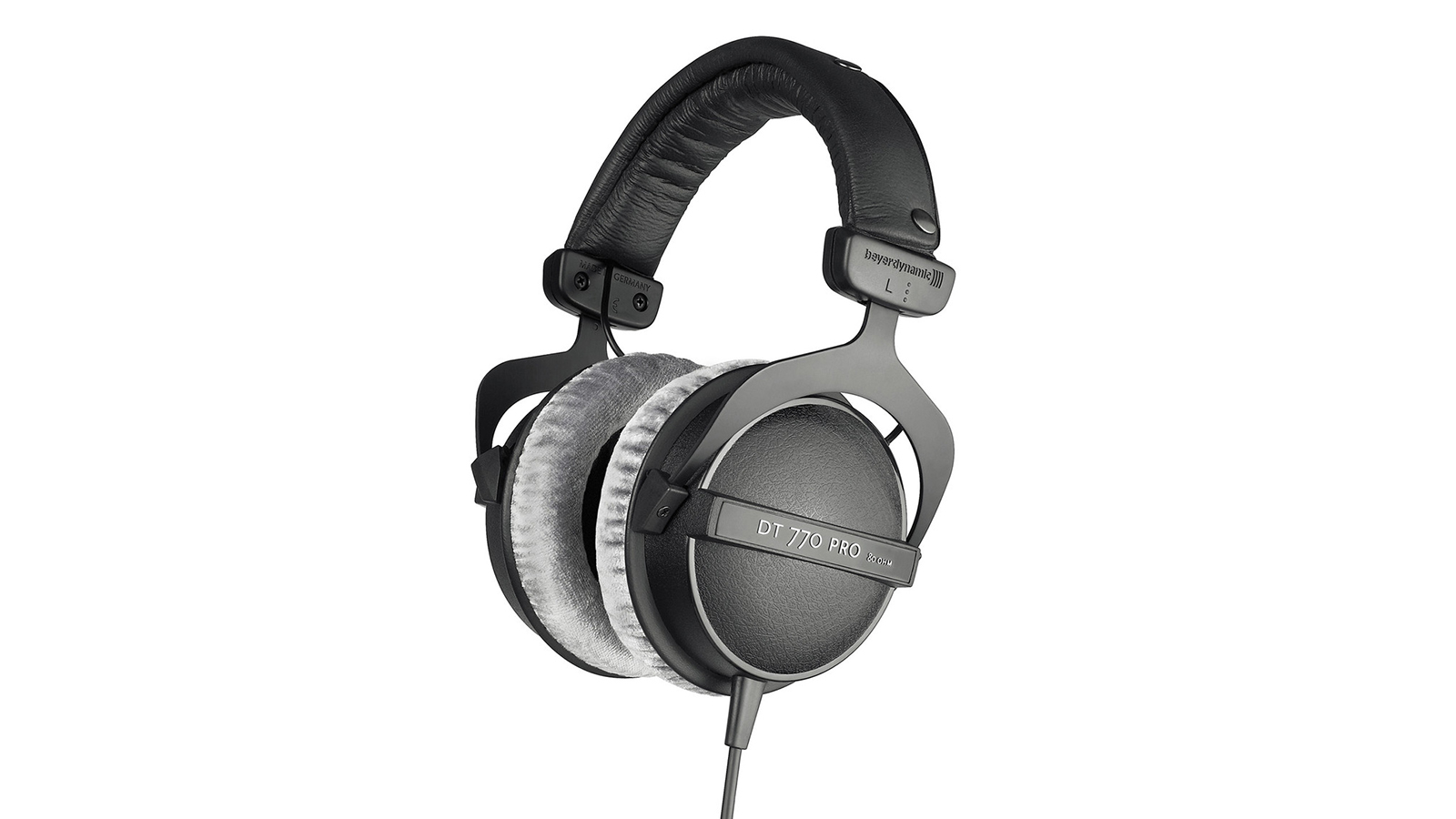
1. Beyerdynamic DT 770 Pro
Our expert review:
Specifications
Reasons to buy
Reasons to avoid
Beyerdynamic is one of the best and most respected names in the broadcast world, so it figures they’d feature highly on our list of the best headphones for podcasting. There are a few variations within the DT range, but we’ve gone for the Beyerdynamic DT770 Pro on account of them being closed-back, which removes virtually all audio spill and ensures what you’re hearing isn’t picked up by your podcasting microphone.
As with the other models in the range, the DT770 Pros feature a plush, velveteen cushion for your ears, making them by far the comfiest we’ve tried, while the overall standards of design and build mean you can rely on them lasting the course.
Read our full Beyerdynamic DT 770 Pro review
Best budget
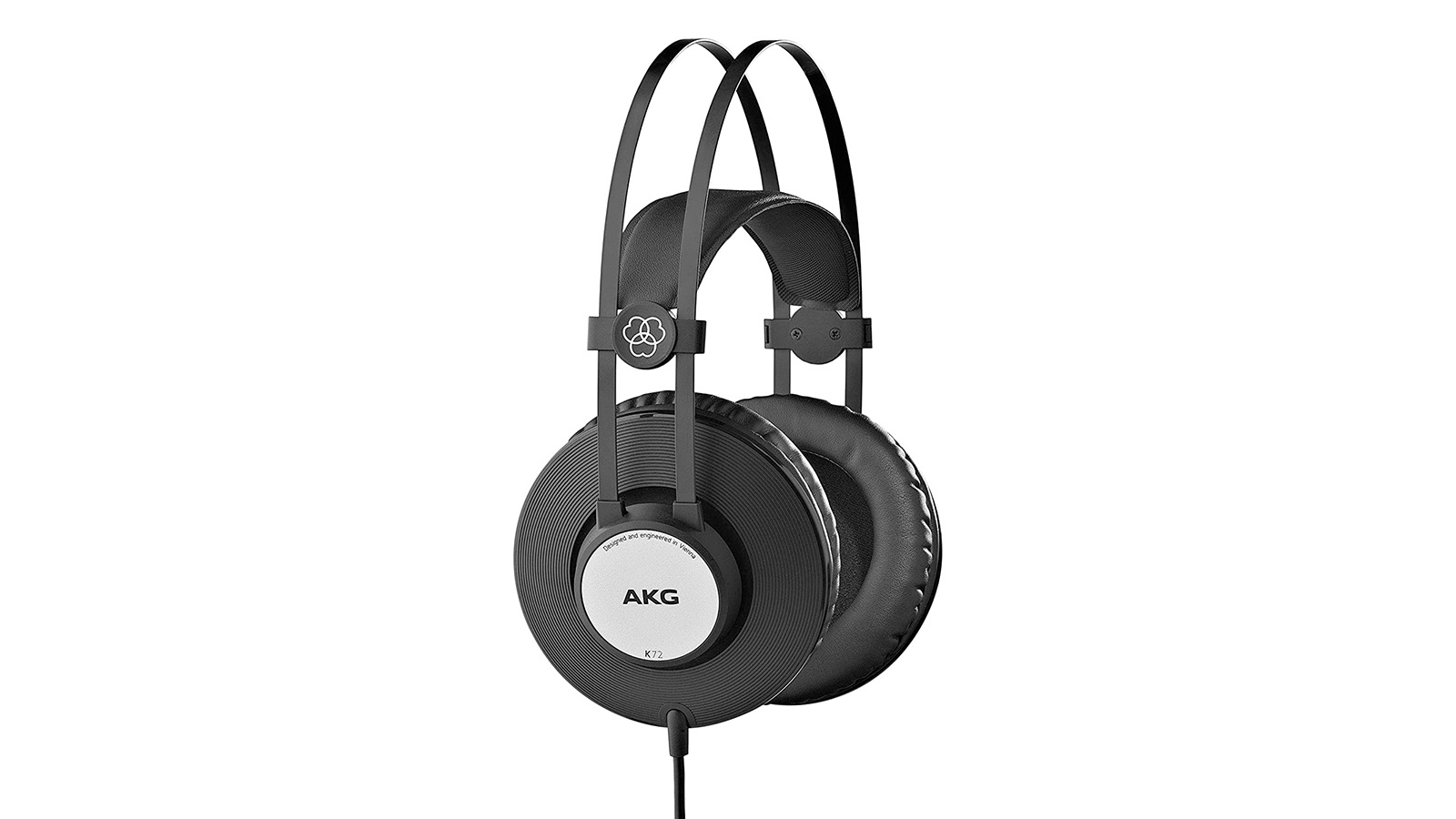
Specifications
Reasons to buy
Reasons to avoid
If you’re new to podcasting, or looking for a way to upgrade from your existing in-ear ‘phones without breaking the bank, the AKG K72 could be a good option. These closed-back, over-ear headphones do a decent job of cutting out the ambient noise while you’re recording, while the self-adjusting headband meant they were comfortable for use on long sessions.
As an entry-level set of headphones, it’s hard to throw too much criticism their way. Sound reproduction in a musical setting wasn’t breathtaking, but for the price we wouldn’t expect them to be and nor should you. But for podcasting and speech applications, they did a fine job.
Read our full AKG K72 review
Best for beginners
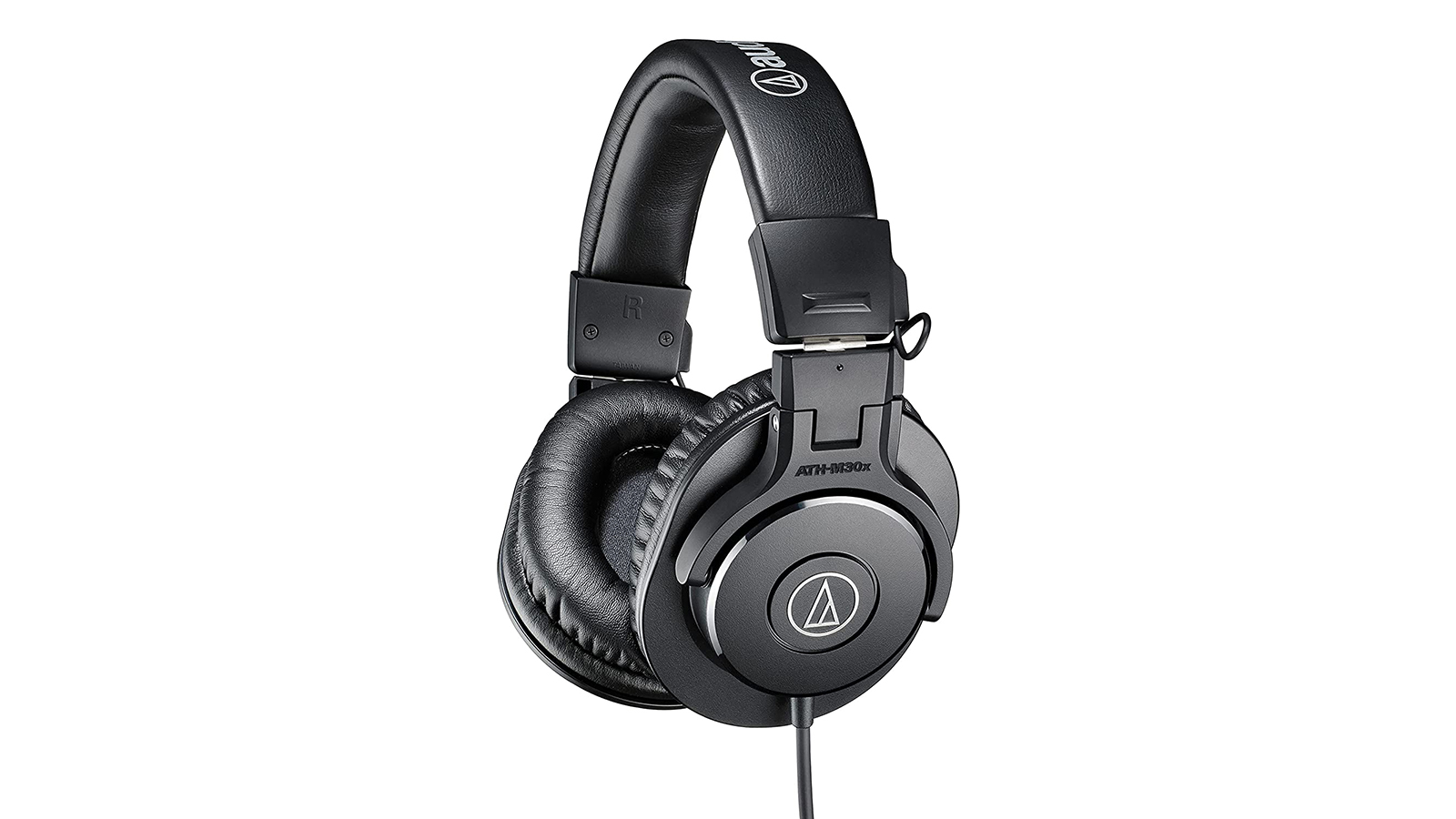
3. Audio Technica ATH-M30x
Our expert review:
Specifications
Reasons to buy
Reasons to avoid
Recording outside a studio environment brings its own challenges and considerations, but the Audio Technica ATH-M30x was pretty much built for these challenges. We particularly liked the over-ear cushioning which did a tremendous job of isolating external noise from the user, while the collapsible design means they’re ideal for throwing in a bag and taking to the next session.
They’re chunky enough to warrant confidence in their rigidity, without ever feeling too heavy to wear for extended periods. As an entry-level set of podcast headphones, they’re pretty hard to beat.
Best for comfort
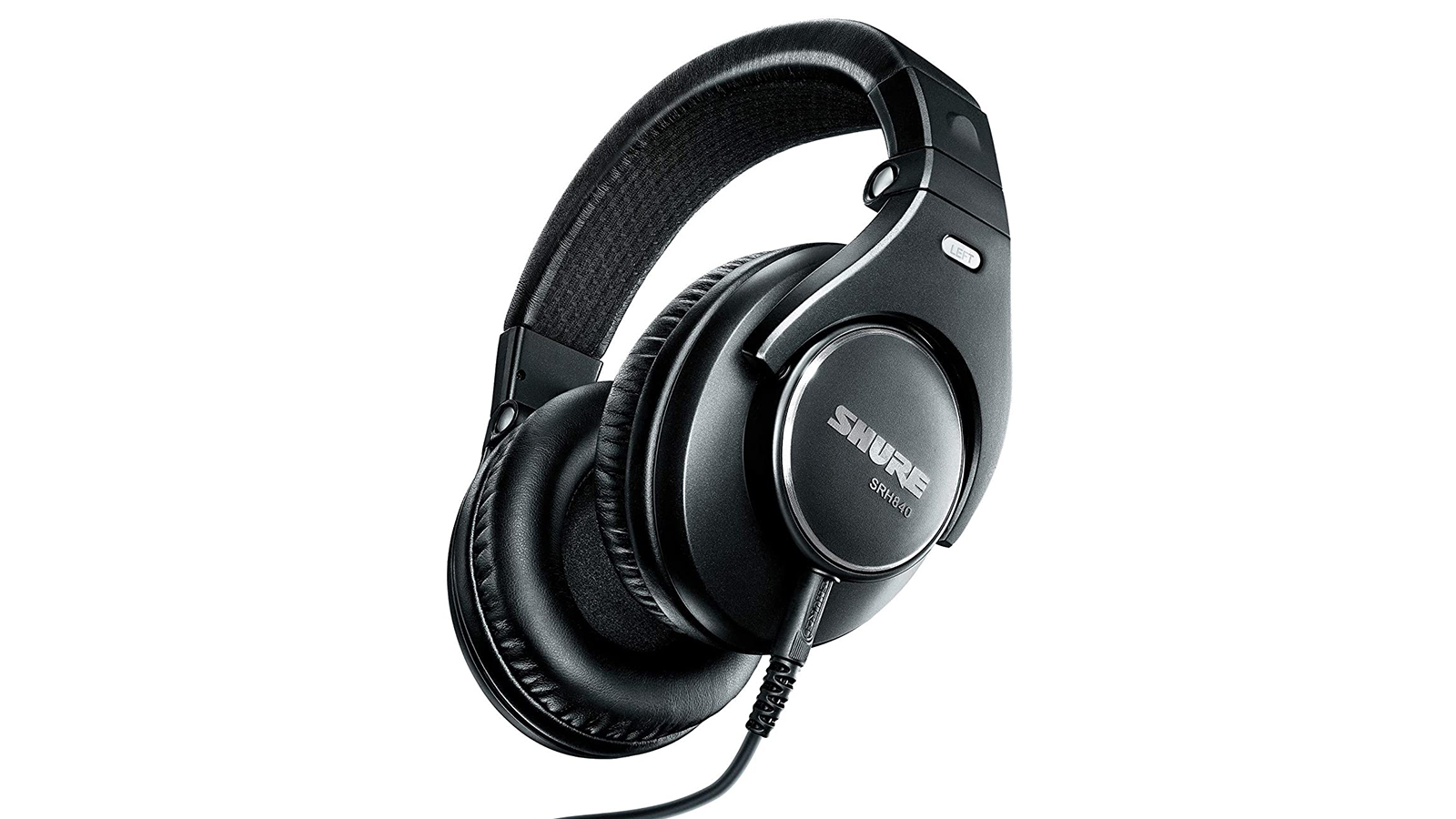
Specifications
Reasons to buy
Reasons to avoid
Shure is a name the audio community has trusted for decades, and with the Shure SRH840A it’s easy to see why. Essentially billed as studio headphones, rather than everyday carry types, the 840s are solidly built, and ideal for studio work and recording.
They’re also popular in the broadcast world, with the first-generation models fairly common in radio and podcast stations, and these newer versions keep up the same levels of audio finesse while boasting improved design and aesthetics to bring them into 2022.
The decision to use straight cables, as opposed to coiled, will please some but not others, although the fact it’s detachable does mean there’s less risk of issues further down the line.
Read our full Shure SRH840A review
Best for travel
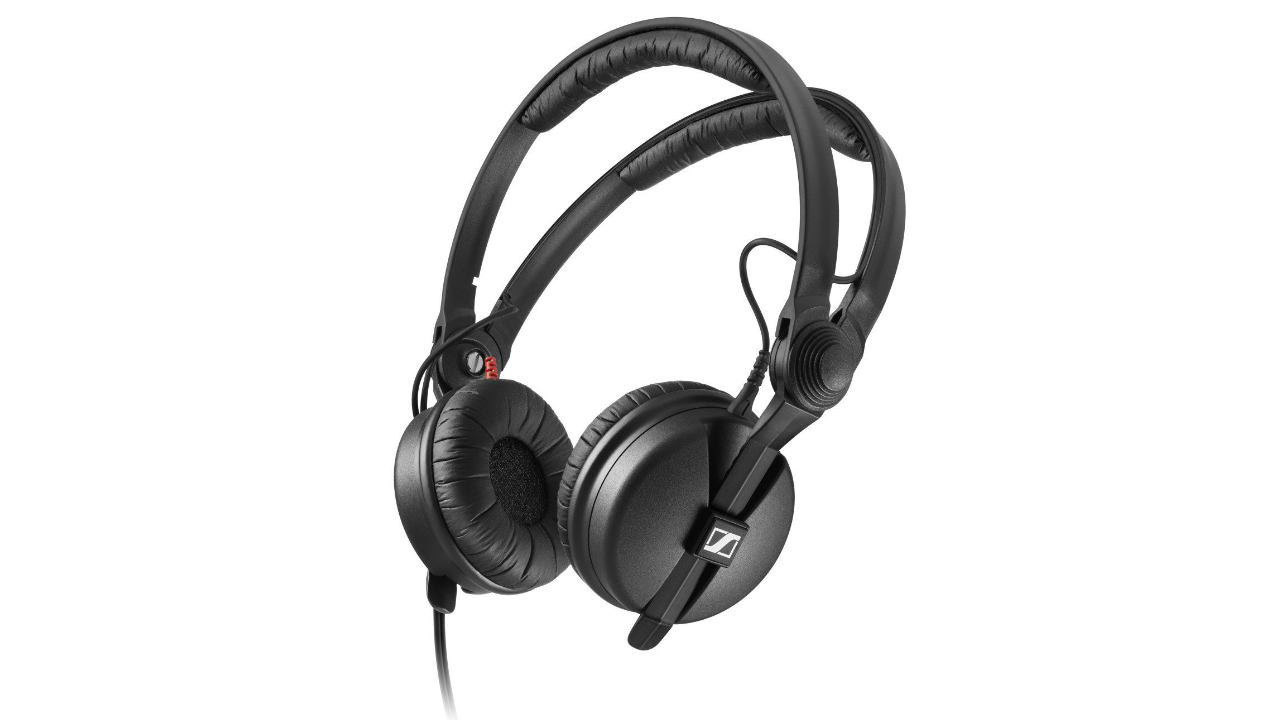
Specifications
Reasons to buy
Reasons to avoid
Podcasters are spoiled for choice when it comes to high quality headphones, yet it is to the DJ world we look with our next suggestion. Bear with us. The Sennheiser HD25 is the de facto industry standard in that world, thanks to its legendary build quality and reliability. For podcasters, these are worthy traits, but what attracted us to these is their lightweight nature.
This is because not all podcasts take place in a warm, comfy studio. Some may take place out in the field, or even out in an actual field, and lugging a large pair of cans around can get quickly tiresome. So, look past the DJ headphones tag, and take our word for it; the Sennheiser HD25s are arguably the best portable field recording cans on the market.
Read our full Sennheiser HD25 review
Best for durability
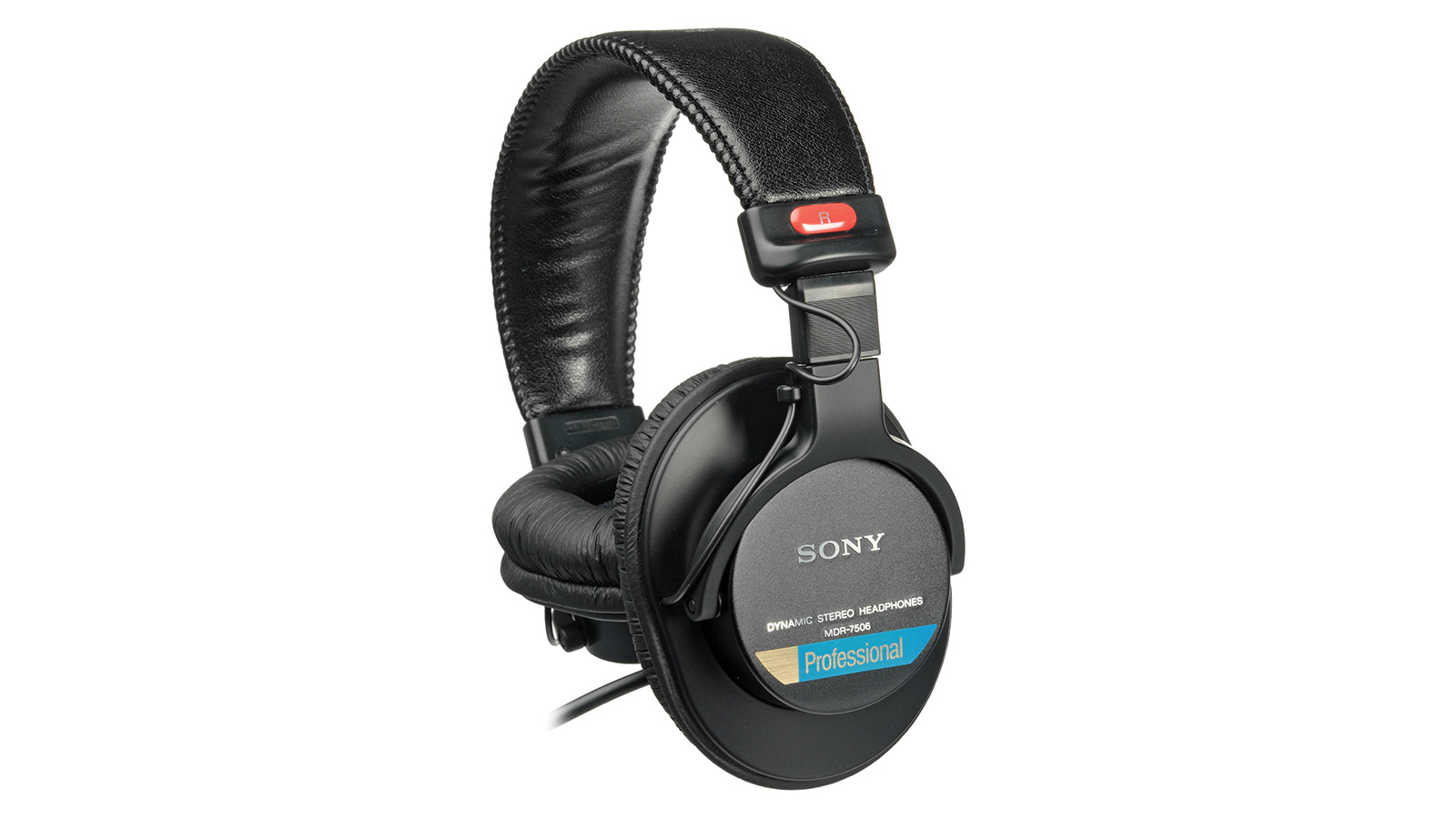
Specifications
Reasons to buy
Reasons to avoid
Sporting the same design as they did when originally launched in 1991, the Sony MDR-7506 are one for the purists. Put simply, why change for change’s sake? The 7506s combine superb sound reproduction with a simple build to make for a near-perfect mix of price and performance.
The 3m coiled cable is chunky, which inspires confidence, while the sound isolation makes them ideal for podcasting, separating both the outside world from the wearer and the wearer from the outside world. There’s good reason why Sony hasn’t tampered with a winning formula. For the price, you’ll struggle to find better.
Reads our full Sony MDR-7506 review
More options...
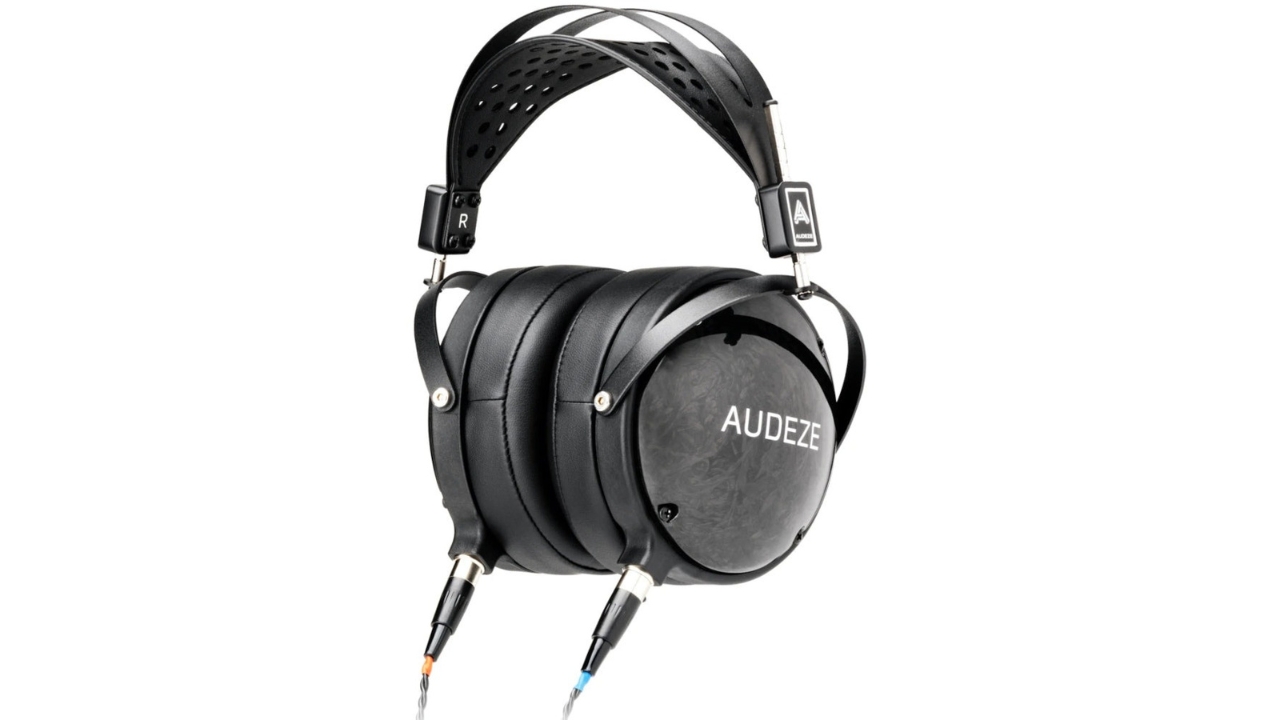
7. Audeze LCD-2
Our expert review:
Specifications
Reasons to buy
Reasons to avoid
If you’re looking for the best premium headphones for podcasting, then the Audeze LCD-2 are well worth your time. As the largest and heaviest on the list, they’re certainly not for the faint-hearted, but if you’re looking for laser-accurate sound reproduction, and the ability to work with high-definition sound sources, then they’re a cut above.
Sure, you’ll pay for the privilege, but if you’re looking for a solid, future-proofed set of closed-back headphones that’ll serve you for years to come, then the LCD-2 might just be perfect.
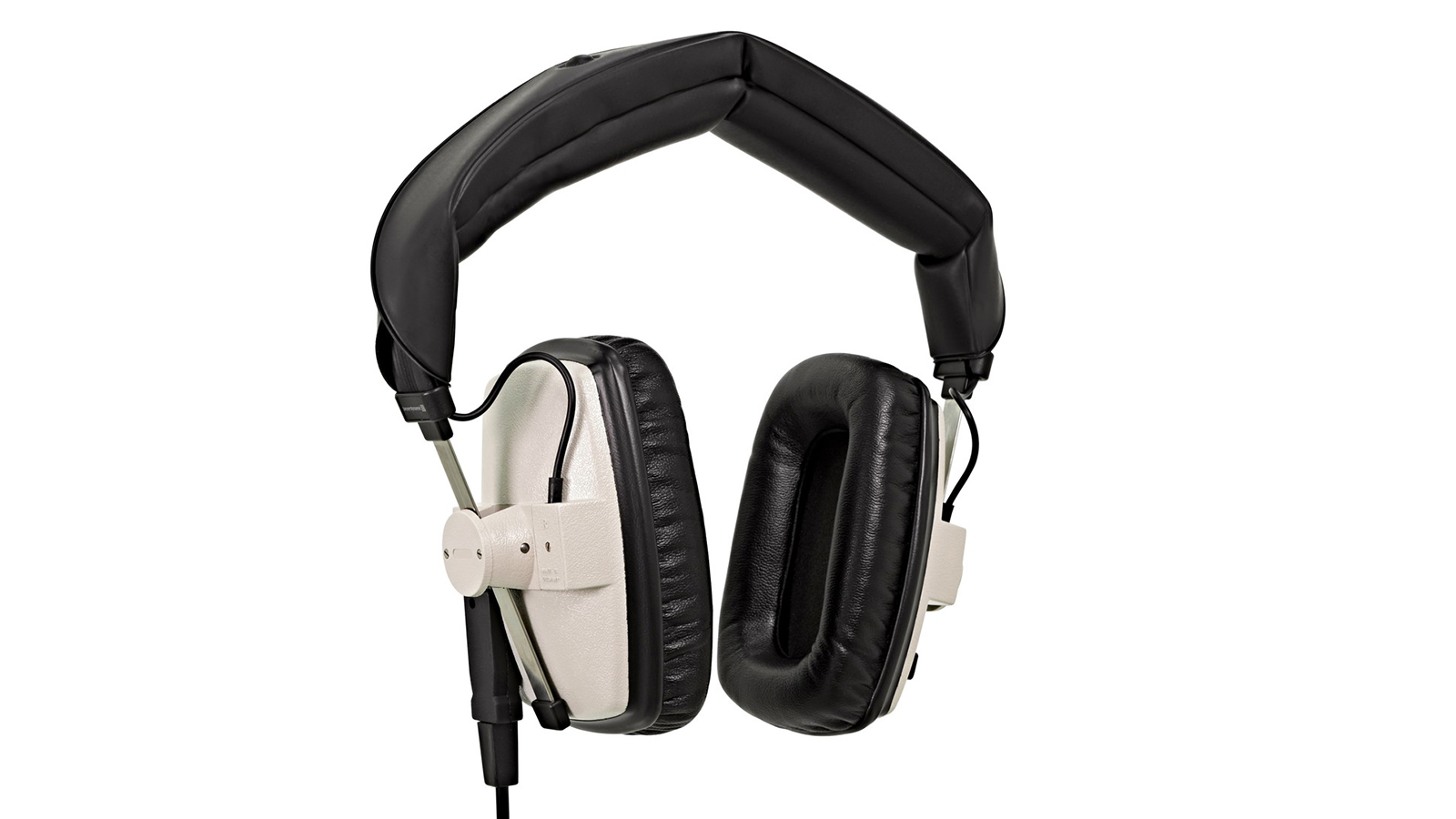
8. Beyerdynamic DT 100
Our expert review:
Specifications
Reasons to buy
Reasons to avoid
They say, after an apocalypse, the only things left will be cockroaches. For our money, you could add the Beyerdynamic DT 100 to that fairly bleak list. These are the old stagers of the broadcast world, and will be familiar to anyone who has ever been in a radio station studio. They’re loved because they are fundamentally simple beasts, able to be user-maintained and fixed thanks to their unique design.
If you’re looking for a pair of cans that will double up for Spotify duty, or for video calls, then look elsewhere. If, however, you’re looking for the toughest, most trustworthy podcast headphones known to man, then the DT 100s are the perfect match for you.
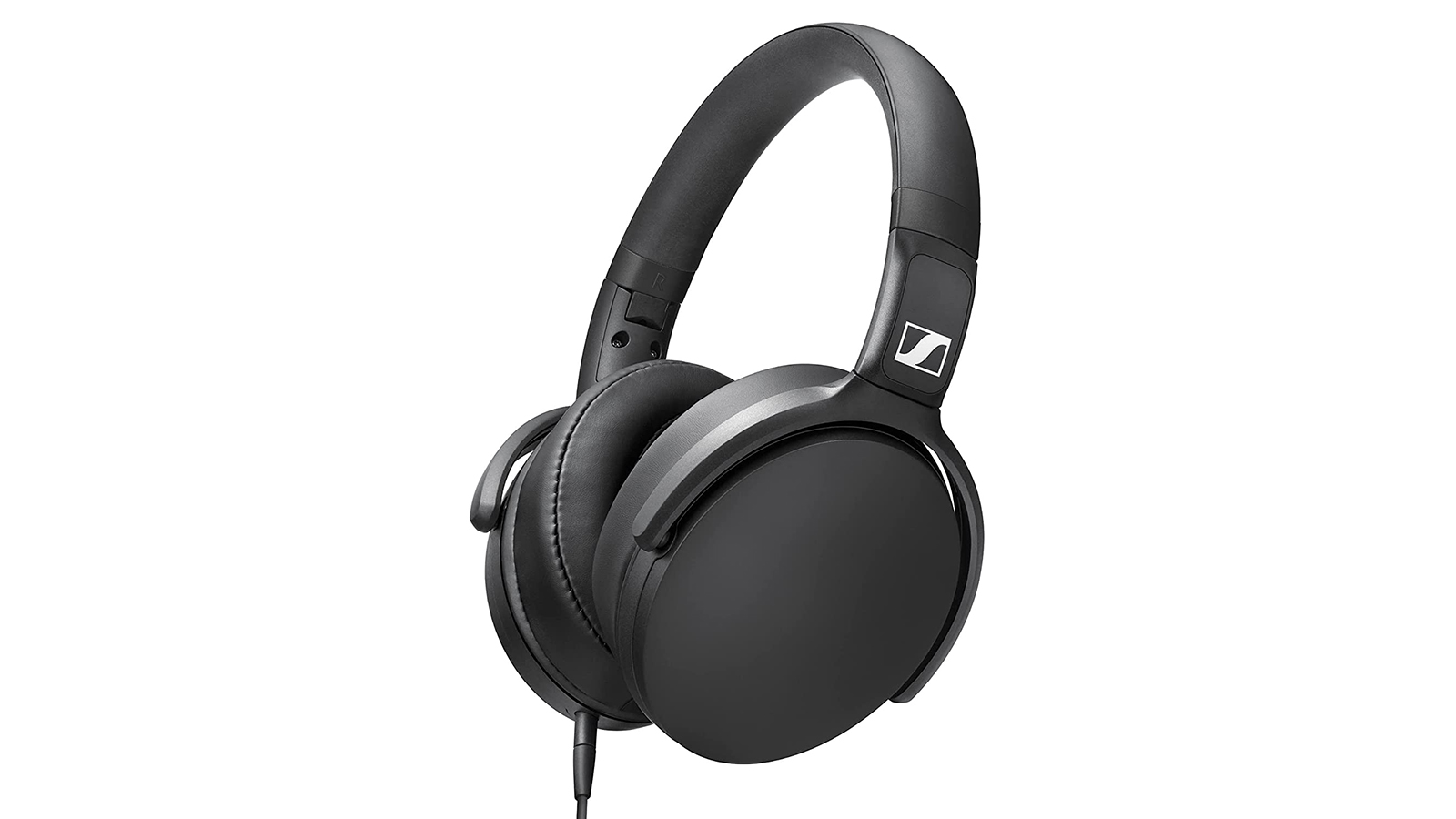
9. Sennheiser HD 400S
Our expert review:
Specifications
Reasons to buy
Reasons to avoid
While a dedicated pair of headphones just for podcasting is the ideal solution, we get there are compromises to be made sometimes. The Sennheiser HD 400S offer a great balance between being ‘regular’ headphones which are great for music and gaming, while also delivering enough of the right performance and comfort levels to be useful in a podcasting situation.
Active noise cancelling always worries us as podcasters, especially if you’re in a room recording with (and potentially not hearing) other voices, but otherwise the HD400S are a solid, capable set of cans that will suit a variety of applications.
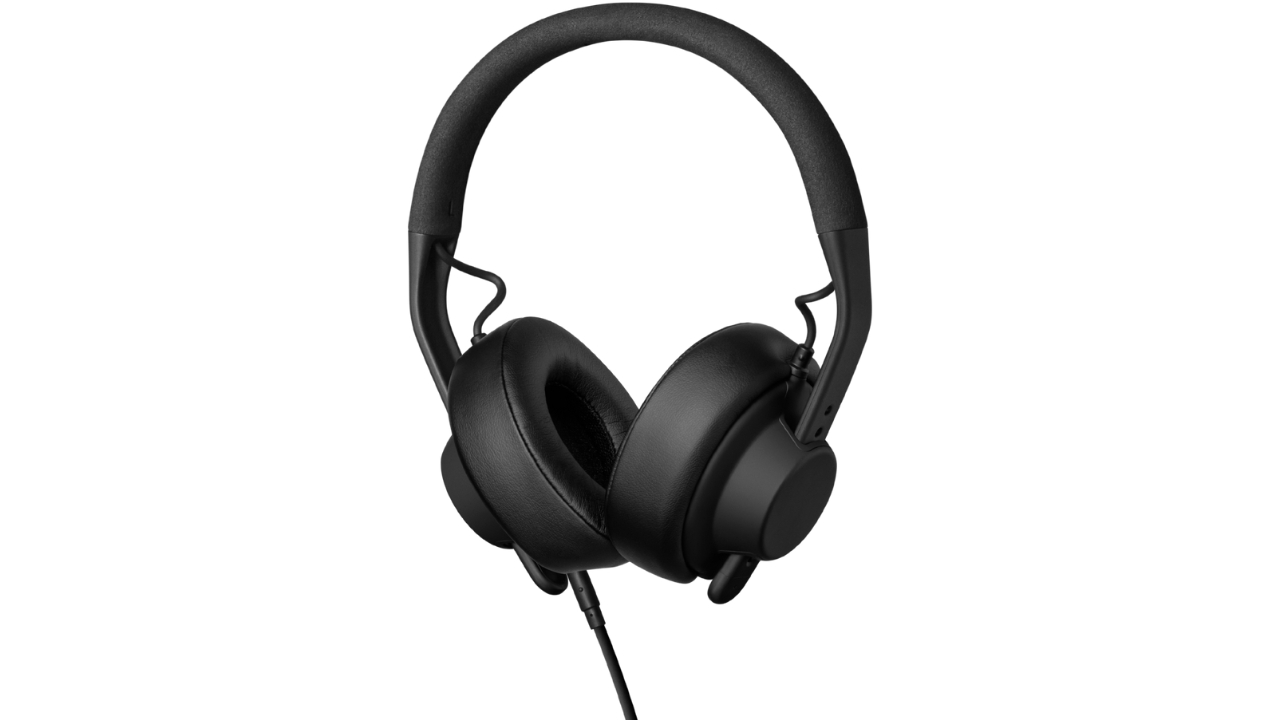
10. AIAIAI TMA-2 Studio XE
Our expert review:
Specifications
Reasons to buy
Reasons to avoid
The AIAIAI TMA-2 set is ideal for podcasting, on account of its great sound isolation and balanced, neutral sound. What impressed us the most, however, was AIAIAI’s unique build philosophy, whereby pretty much all of the ‘phones components are interchangeable.
From the headband to the earcups, everything can be pre-specified, or swapped in and out as you need. You can even make them wireless if you need to, although we wouldn’t recommend it for podcast recording due to the additional latency this could introduce.
FAQs
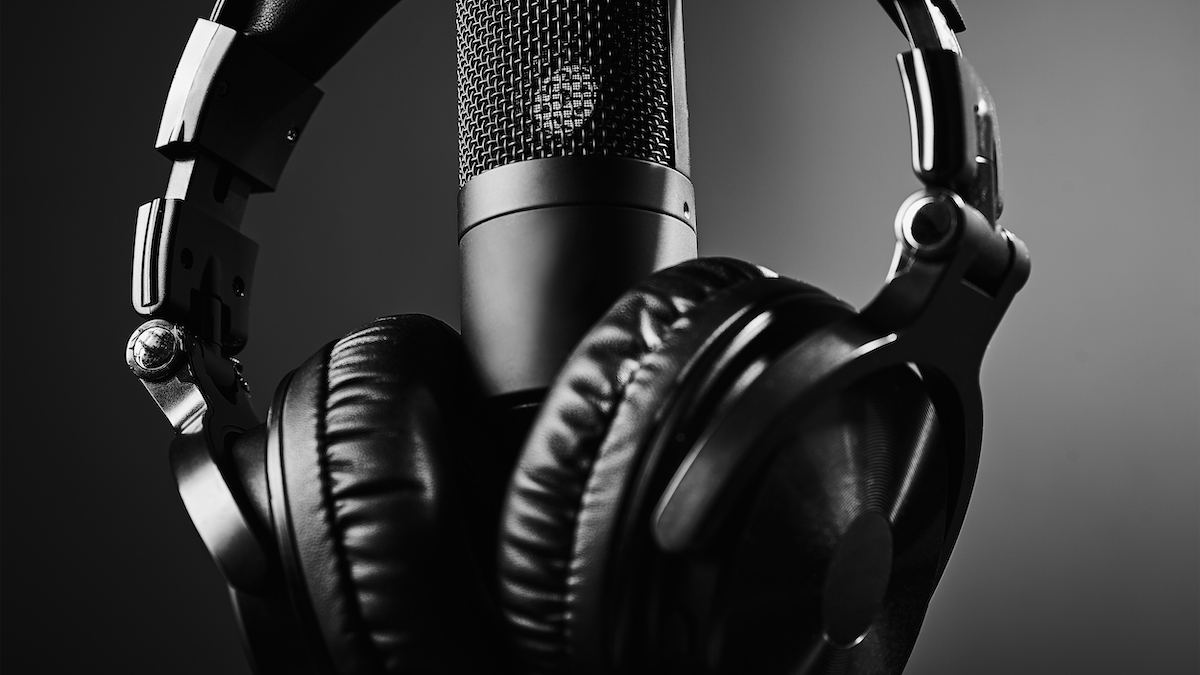
What should I look for in a pair of podcast headphones?
When you're on the hunt for the perfect podcast headphones, there are a few important features to keep in mind to ensure they suit your specific needs. Firstly, make sure they offer top-notch sound isolation. This differs from active noise cancellation (ANS) you’ll see on lots of modern consumer headphones.
Where ANS employs microphones to effectively cancel out external sounds, meaning it requires a power source, regular isolation just means sounds are dampened acoustically by the cups used on the earphones. This is crucial for accurately monitoring your audio without being distracted by outside noise. Closed-back headphones, where audio doesn’t leak in or out of the headphones’ rear housing, are particularly good at this, making them ideal for podcasting.
Which podcast headphones are comfortable?
Comfort is a key factor, especially if you'll be wearing them for long periods. Look for headphones with padded ear cups and adjustable headbands to get a snug, comfortable fit. We particularly love the plush, velvet feel you get on certain higher-end products, but a set with some decent, supple leather can also provide a degree of comfort. Lightweight designs can also help prevent fatigue during extended recording sessions.
Do podcast headphones sound good?
For podcasting, you'll want headphones that deliver a flat frequency response, meaning they reproduce audio without boosting or cutting any frequencies. Again, this is different from regular headphones, where the goal is to make things sound as good as possible. Here, the goal is accuracy, letting you hear your recordings exactly as they are, making it easier to spot and fix any issues.
Will podcast headphones last?
If you want yours to last, then it's key to go for headphones made from high-quality materials that can handle regular use. Detachable cables are a plus, as they're often the first part to wear out, but you might prefer to find something with a more modular approach where you can swap individual components in and out to find the perfect combination for your needs.
How we test
Although podcast headphones are decidedly similar to studio headphones, they require a slightly different approach when it comes to testing. This is because they're more typically used for monitoring spoken word rather than mixing or listening to music.
When testing podcast headphones we'll first look at the durability of the cans in question. You'll need a pair that can stand up to being knocked around, particularly if you've got frequent guests on your pod. The other important factor is isolation. Ideally, you don't want to hear what's going on around you as you'll be concentrating on your own voice as well as those of others, so a good podcast headphone needs to reject outside noise well.
Next, we'll look at the comfort factor, because some headphones are incredibly heavy which can weigh you down over time. We'll test the comfort levels of every pair of headphones by wearing them for extended periods of time. It could just be listening to music throughout the day, mixing our own podcasts, or taking them with us on the road.
Finally, we'll look into the actual sound quality. You need to be able to hear your own voice well, as well as pick out other audio cues or sounds going on in the podcast. It's not the biggest factor admittedly, but a good sound is the basis for any pair of podcast headphones that goes into one of our guides.
Find out more about how we test music gear and services at MusicRadar.
Related buyer’s guides
MusicRadar's got your back
- Best budget studio headphones
- Best headphones for drummers
- Best headphones for digital piano
- Best budget podcasting microphones
- Best budget USB microphones
- Best podcast mixers
- The best podcast recording software options - free and paid
Want all the hottest music and gear news, reviews, deals, features and more, direct to your inbox? Sign up here.
Chris Corfield is a journalist with over 12 years of experience writing for some of the music world's biggest brands including Orange Amplification, MusicRadar, Guitar World, Total Guitar and Dawsons Music. Chris loves getting nerdy about everything from guitar and bass gear, to synths, microphones, DJ gear and music production hardware.
- Matt McCrackenJunior Deals Writer
